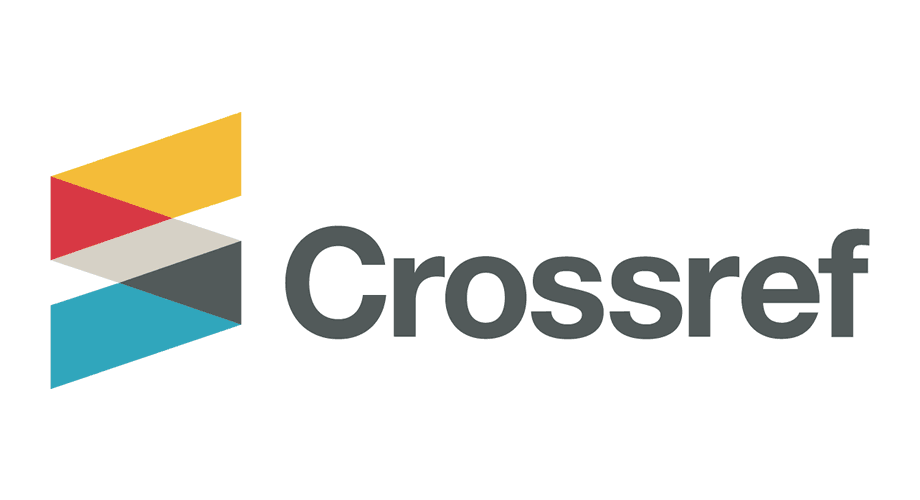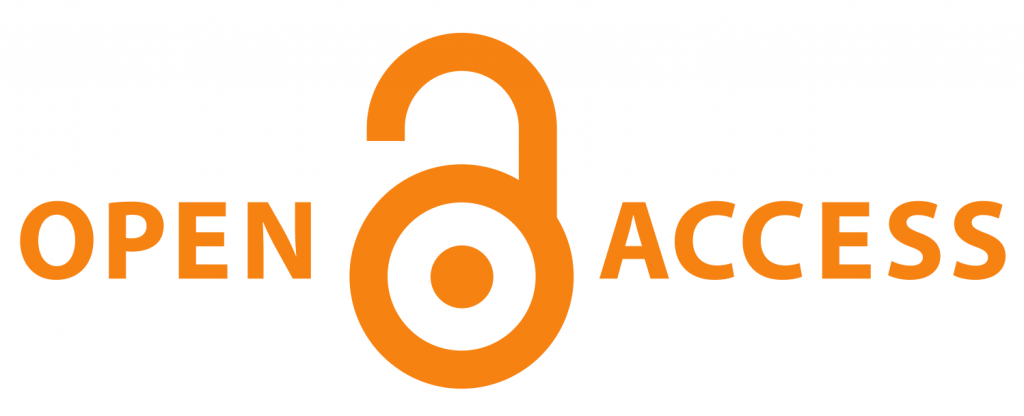Amapachana - A Boon to Long Standing Adversely Affected Corticosteroid Resistant Urticaria: A Case Report
DOI:
https://doi.org/10.21760/jaims.10.8.51Keywords:
Amapachana, Corticosteroids, Metabolism, Quality of Life, UrticariaAbstract
Urticaria, commonly known as hives, is a distressing skin condition characterized by the sudden appearance of itchy, raised wheals on the skin. While it may seem like a minor issue to some, Urticaria can have a profoundly debilitating impact on an individual's quality of life. The present case of Urticaria was treated with administration of synthetic corticosteroids for 1 year, gradually patient noticed increased body weight, impairment in metabolism with constipation, disturbed sleep, anxiety with temporary reduction of Urticarial symptoms only during administration of medication. On withdrawal symptoms used to reoccur with much more severity. on examination the case was found with predominance of Vata and Kapha Dosha with the presenting complaints of Kandu (itching), Rukshata (dryness), Varati Dastha Samsthan Shotha (Erythamatous reddish wheals all over body) and Utsedha (skin thickening). The approach was done with Amapachana for first 15 days followed by classical Vamana Karma (therapeutic emesis therapy) with internal administration of Patola Katurohinyadi Kashaya, Avipattikara Churna and Dooshivishari Gulika along with complete withdrawal of synthetic corticosteroids. Significant results were found during the Amapachana stage itself with noticeable reduction in body weight and improvement in metabolism, recurrence of symptoms were also negligeable followed by Vamana Karma even after withdrawal of synthetic steroids. The overall quality of life physically, mentally and socially has improved satisfactorily. Considering these satisfactory results in the present case; similar strategies can be adopted in suitable cases of Urticaria in large sample size to generate evidences and disseminate usefulness of traditional interventions in the management of Urticaria.
Downloads
References
Edwards CRW, Bouchier IAD, Haslett C, Chilvers ER. Davidson’s Principles and Practice of Medicine. 17th ed. Edinburgh: ELBS with Churchill Livingstone; 1995. p. 971–972.
Sastri LP. Yogratnakar. Vidyotini Hindi Commentary. Varanasi: Chaukhambha Prakashan; 2015. Chapter 1, p. 5.
Acharya VJT. Charaka Samhita. Vimanasthana 8/94. Varanasi: Chaukambha Orientalia; 2009. p. 276.
Compass Clinic. Urticaria Activity Score (UAS7) [Internet]. Available from: https://compass.clinic/wpcontent/uploads/2020/05/UAS7-1.pdf
Kunte AM. Astangahridayam. Sutrasthana 15/15. Varanasi: Chaukhamba Orientalia; p. 235.
Kunte AM. Astangahridayam. Uttartantra 35/39. Varanasi: Chaukhamba Prakashana; p. 905.
Shastri KA. Bhaisajyaratnavali. Amlapitta Chikitsa 56/25–26. 1st ed. Varanasi: Chaukhamba Sanskrit Samsthan; p. 644.
Rao GP. Sahasrayogam. Rasayana Yoga Prakaranam 14. Reprint ed. Varanasi: Chaukhamba Sanskrit Samsthan; 2024. p. 381.
Kunte AM. Astangahridayam. Sutrasthana 13/23–25. Varanasi: Chaukhamba Prakashana; p. 216.
Acharya VJT. Charaka Samhita. Vimanasthana 7/30. Varanasi: Chaukambha Orientalia; 2009. p. 620.
Shastri S. Yogratnakar. Sheetapittaudardakotha Nidanam. Varanasi: Chaukhamba Prakashan; p. 234.
Upadhyaya A. Madhavnidanam. Sheetpittodardakotha Nidanam Adhyaya 50/3–4. Varanasi: Chaukhamba Prakashana; p. 201–234.
Sharangadhara. Sharangadhara Samhita. Collated by Vidyasagar PP. Series 14, Purvakhanda 4/1. Varanasi: Chaukambha Sanskrit Krishnadas Academy; p. 33.















